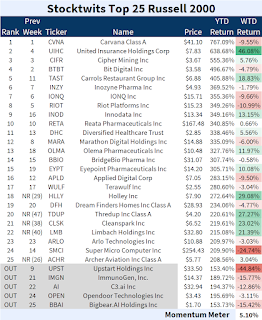fiscal year 2023
fiscal year 2023
The big different between mandatory spending and discretionary spending is that the former is mandated by existing laws, while the latter is not. The mandatory spending on only Social Security and Medicare account for approximately 31% of total government spending in fiscal year 2022 or almost $2 trillion in total.
When you add in all mandatory spending categories, it accounts for about 60% of the total government spending in a given year. This percentage has basically doubled since the 1960s and simultaneously cut discretionary spending in half.
When we look at spending by agency, it is shocking to see spending by the Department of Health and Human Services is double the Department of Defense (military spending) and the Department of Homeland Security combined. Additionally, we spend double the amount on Social Security compared to the Department of Education.
For discretionary spending, the US government has historically split spending 50/50 between defense-related spending and non-defense spending. This infographic from 2021 shows where the 7.3% of GDP equivalent was sent as part of the discretionary program that was approved by Congress and the President.
In the last 12 months, the United States has sent nearly $50 billion to Ukraine, which is noteworthy at a time when the government is hitting the debt limit and asking for approval to borrow more money. Along these lines, we should also remember to take every number reported in discretionary or mandatory spending with a grain of salt. It is hard to keep track of trillions of dollars. We have seen the Department of Defense fail five audits in a row as an example. The joke in the military is that counting is hard, but counting trillions may be nearly impossible.
These spendings need to be addressed to bring down the overall USA spending to attack the interest amounts which are getting too large.




.png)
.png)

Comments
Post a Comment